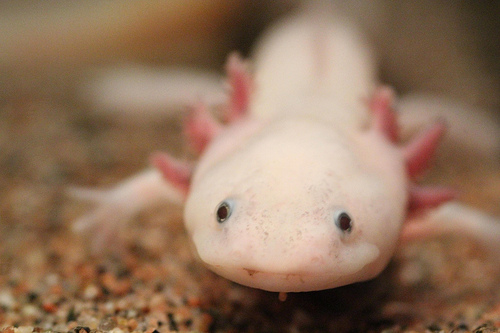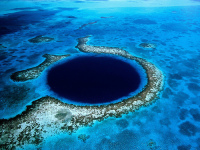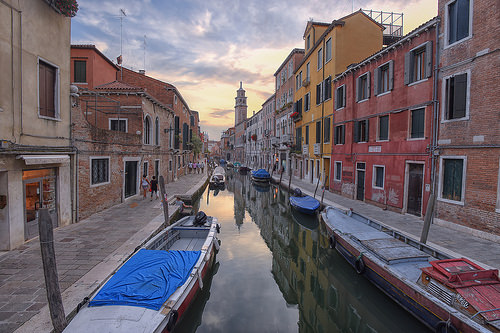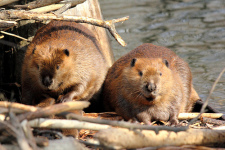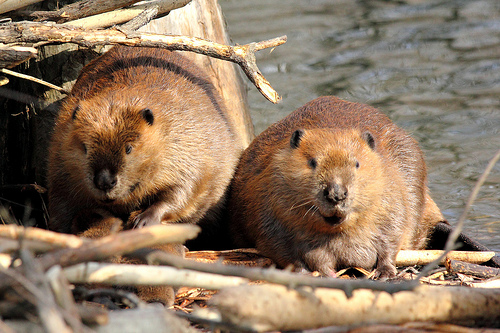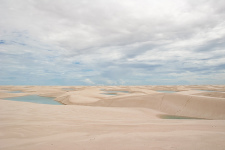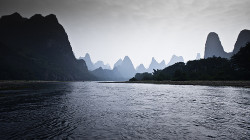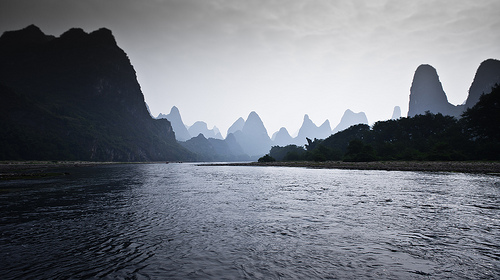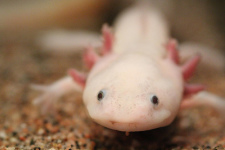
Axolotls are unique but a little bit creepy.
- Axolotls are amphibians that live permanently in water habitats, and they are native to Central America’s Mexico.
- ‘Axolotls’ are also known as ‘Mexican salamanders’ and ‘Mexican walking fish’, and they typically grow to be 15 to 45 centimetres (6 to 18 inches) in length, and weigh 60 to 200 grams (2 to 7 ounces).
- Axolotls have the scientific name Ambystoma mexicanum and are from the family Ambystomatidae, the family of mole salamanders, and while they are from the salamander family, they do not progress beyond the larval stage.
- An axolotl has a large head, miniscule teeth and no eyelids, as well as external gills that appear like a frill around its neck, and a long fin running down its back.
- Axolotls are generally black or brown in colour, although they can be gold, grey, pale pink or almost white.
Axolotl
Image courtesy of Ruben Undheim/Flickr
- The diet of axolotls generally consists of worms, insects and little fish, and after they have seized their food, it is pulled into their body by an internal suction.
- Axolotls are known for their regenerating properties, regrowing limbs, as well as organs, and they can also adapt and use another’s body part.
- Axolotls are critically endangered due to the expansion of Mexico City and the pollution it causes and remaining suitable habitats are also threatened by introduced species of fish.
- An axolotl can lay 100 to 1000 eggs at one time and the eggs become attached to surrounding natural objects that protect them, due to their adhesive nature.
- Axolotls can move up to speeds of 17 kilometres per hour (10 miles per hour) and live approximately 10 to 20 years, and while their predators are birds and fish, they are not often preyed upon.
Bibliography:
Axolotl, 2013, A-Z Animals, http://a-z-animals.com/animals/axolotl/
Axolotl, 2014, Wikipedia, http://en.wikipedia.org/wiki/Axolotl






